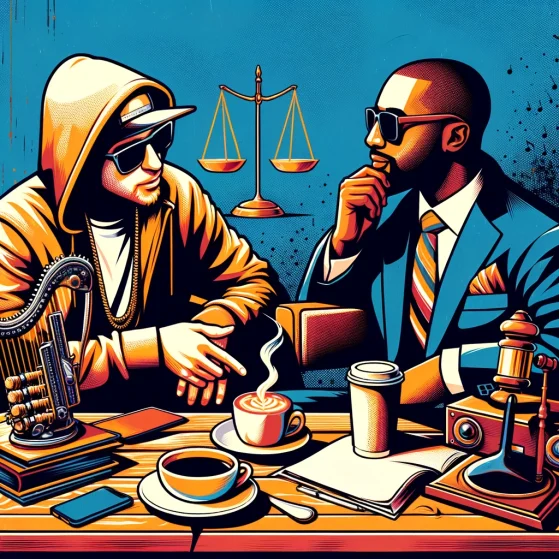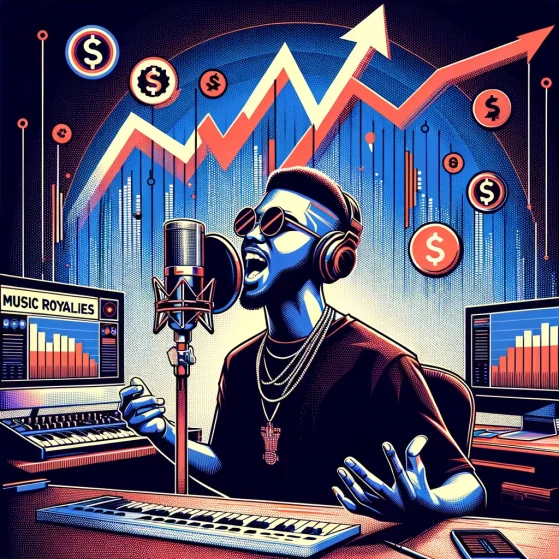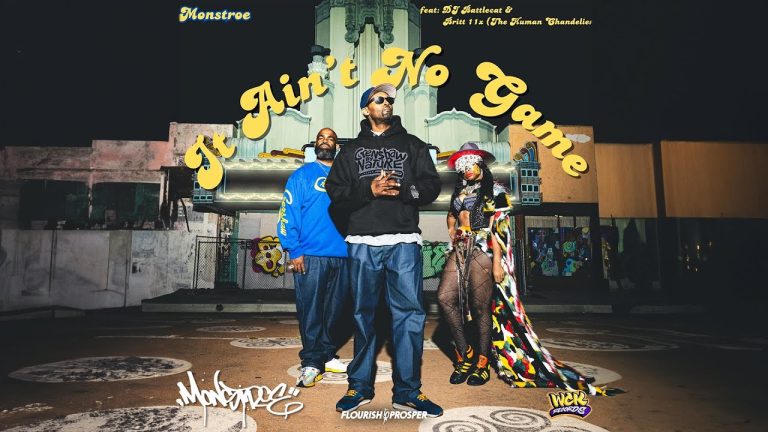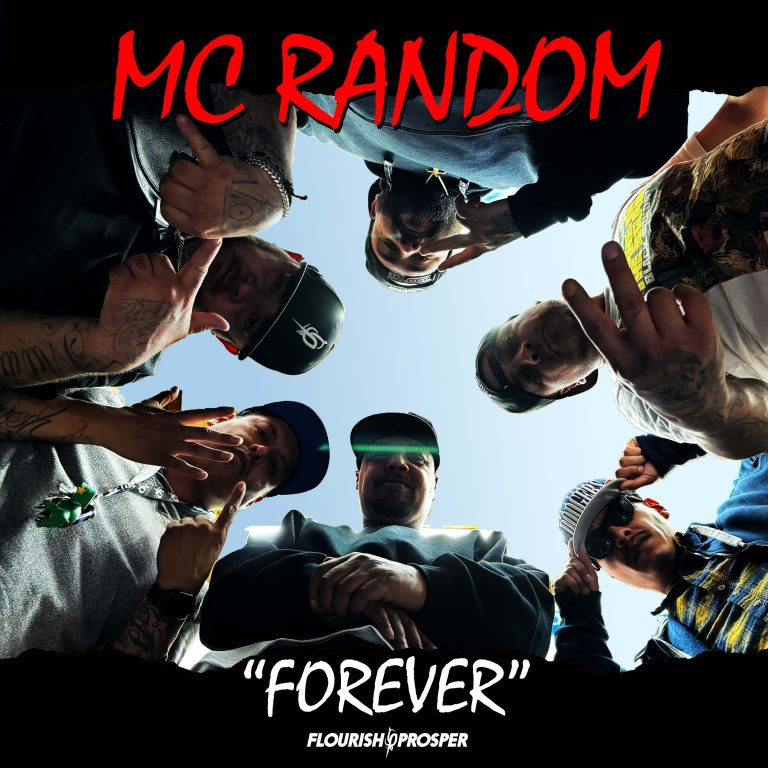Introduction to Sample Clearance in Music
Sample clearance in the world of music is a significant and somewhat complex process. Through it, artists, producers, or label owners legally obtain permission to use parts of other musicians’ recordings in their own work. Recording samples are widely used in various modern music genres, including hip hop, electronic music, and others. However, using such samples without proper clearance can lead to serious legal implications. This section will outline the basics of sample clearance, its importance, steps involved, and potential costs.
Understanding the Basics of Sample Clearance
In essence, sample clearance is a preemptive legal action undertaken to prevent copyright infringement issues. When an artist wants to use a portion, or ‘sample’, of another artist’s song in their own tracks, they must first get legal permission to do so. This process involves reaching out to whoever owns the rights to the original song, typically the songwriter(s) and publisher(s), to request authorization for using the sample. It’s important to note that every sample used, no matter how minor it appears, requires separate clearance.
The Relevance of Sample Clearance
Securing sample clearance is crucial for many reasons. Primarily, it protects artists from legal repercussions, such as lawsuits related to copyright infringement. Besides avoiding costly court cases, this process also ensures that the original creators are rightfully compensated for their work, reinforcing fairness within the music industry. As such, not taking steps towards obtaining proper clearance may risk tarnishing relationships between the sampling artist and original creator, as well as potential listeners who value ethical artistic practices.
The Process and Costs Involved
The process to obtain sample clearance typically involves contacting the rights holders, often through a clearance company, negotiating terms, and paying an agreed fee. The cost and time taken for clearing a sample can vary greatly depending on numerous factors. These include the popularity of the song being sampled, the length of the sample, the artist’s prominence, and the intended use of the sample among others. Therefore, while some sample clearances may be relatively straightforward and inexpensive, others can be lengthy and significantly costly endeavors.
Understanding the Legal Aspects of Sampling
Grasping the Basics: Copyright Law and Sampling

Copyright law is a key area to understand when discussing the legality of sampling. Essentially, when you create an original piece of music, you automatically gain copyright protection for that work. This legal protection means that nobody else can use your work without your permission, which usually involves licensing agreements and potentially royalty payments. The same stands for others’ music; if you sample a portion of someone else’s track in your own music without obtaining permission, it is considered copyright infringement.
When using samples, it is crucial to remember that there are often two copyrights to consider: one for the composition (the lyrics and the melody) and one for the actual recording. Both will need to be legally cleared before the sample can be used.
Securing Sample Clearance: A Necessary Step
Sample clearance is the process of getting legal permission from the rightful owners of the song you wish to sample. This typically involves negotiating with both the composition rights holder (usually the songwriter or their publishing company), and the master rights holder (typically the record label).
In some cases, artists might think that using a small enough segment of music would allow them to avoid legal repercussions but this is a common misconception. Even a brief sample could potentially lead to legal issues down the line if not properly cleared. There’s no guaranteed “safe” length of a sample that can be used without permission.
The Potential Costs: Licensing Fees and Royalties
Obtaining the necessary permissions for sampling can come at a significant cost. Licensing fees vary widely depending on the popularity of the song being sampled and the segment of the song you wish to use. Sometimes, rights holders may ask for an upfront fee, a percentage of the royalties from your song, or both.
Also remember that if your song with the sample becomes commercially successful, you may be expected to pay additional royalties to the original rights holders. This is a crucial consideration when deciding whether to sample a particular song, as it could affect your earnings from your own music.
Navigating the Process of Sample Clearances
Understanding Sample Clearances
Sample clearance is a legal procedure that seeks permission to use music from another song or composition. The process includes obtaining required authorizations from the original copyright holders – typically the songwriter or music publisher, and, if the recording is also being used, the relevant record company.
The Clearance Process
The sample clearance process begins by identifying who holds the rights to the original track. For this, you can use public databases like those maintained by the U.S. Copyright Office. After rights holders are identified, you’ll need to contact them, usually through their publishing company or record label, to request permission to use the sample. Make sure to detail how the sample will be used, including the length of the sample, its importance in your own work, and how many copies you plan to produce.
Once the parties involved understand what you’re requesting, they will discuss terms such as fees and royalties. It’s essential to remember that this process can often take time, sometimes even months, and costs can vary greatly depending on the popularity of the original work and the extent of its usage in your composition.
Tips and Precautions
If the use of a specific sample is important to your track, it’s advisable to start the clearance process as early as possible in your project. This allows enough time for negotiations and reduces the risk of having to remove the sample later on.
Keep in mind that using a sample without proper clearance can lead to serious legal consequences including financial penalties and being required to forfeit profits earned from the sampled work. Therefore, it’s always best to obtain legal advice and ensure all necessary permissions are secured before releasing any music that contains samples.
Examining the Complexity of Royalty Distribution

Breaking Down the Royalty Distribution Process
Understanding royalty distribution involves more than just acknowledging its existence. It is critical to dissect the process, piece by piece. On the surface, it seems simple; royalties are paid to copyright holders when their work is used in some manner. However, the distribution of these royalties can be an intricate web of agreements, negotiations, and industrial practice.
As a starting point, let’s consider the multiple stakeholders that might be involved in a single song. These often include the songwriter, the producer, the recording artist, and the record label. Each party might have a differing percentage of rights to the royalties, and this can vary significantly based on the specific agreements in place.
The Role of Collection Societies
Enter collection societies. These organizations are designed to ensure artists and rights holders receive the royalties they’re owed. They track uses of songs, collect monies from those using the music (for instance, radio stations or businesses), and distribute these funds amongst the rights holders.
Yet, the process isn’t straightforward. The amount collected can differ vastly depending on the country, the medium in which the music is played, and the propensity of a given entity to properly report usage. This makes it a difficult and perplexing task for collection societies to fairly distribute royalties.
Challenges in the Digital Age
The advent of digital platforms has added a new layer of complexity to royalty distribution. With streaming platforms now being the main source of music consumption, there’s been an enormous surge in the quantity of data related to music plays. The sheer volume of the plays globally is staggering, making it harder to keep track and allocate the correct royalties.
Moreover, in the digital space, instances of misidentification of rights holders are rampant, owing to the lack of unified global databases for musical works. This often leaves artists unpaid or underpaid for their work. This strain is likely to continue until a more streamlined distribution model is adopted worldwide.
Wrap up: Tips and Tricks for Successful Sample Clearance
Understanding the rules of Sample Clearance
Familiarizing yourself with the laws related to sample clearance is the first step towards a successful procedure. Copyright laws differ for varying regions, so ensure to adhere to your local circumstances. The key rule to remember is that consent must be obtained from both the copyright owner and the original artist. Unauthorized use can lead to significant legal issues.
Planning Ahead with Your Budget
Another crucial aspect to consider is your budget. Acquiring rights to a sample isn’t typically free and can sometimes be costly, depending on the popularity of the sample and the terms set by the rights owners. It’s better to plan ahead, assess the financial implications, and set aside an adequate budget for sample clearance to avoid any last-minute hiccups.
Seeking Professional Help
Navigating through the intricacies of sample clearance can be complex. This is where professionals such as music lawyers come into play. They could help in understanding the legalities involved, drafting the necessary agreements, and negotiating with the copyright owners. Though this involves additional expenditure, it could potentially save you from costly lawsuits in the future.
Finally, as a musician looking to incorporate samples into your work, patience is paramount. Sample clearance can often take a bit of time, depending on the complexity of the rights involved. Being prepared, staying informed, and taking necessary precautions are key for successful sample clearance in music.
Looking for a trusted and knowledgeable agency to help market your music career?
Contact us at + 1 626 872-5151 or info@flourishprosper.net
Or Checkout our website at flourishprosper.net




